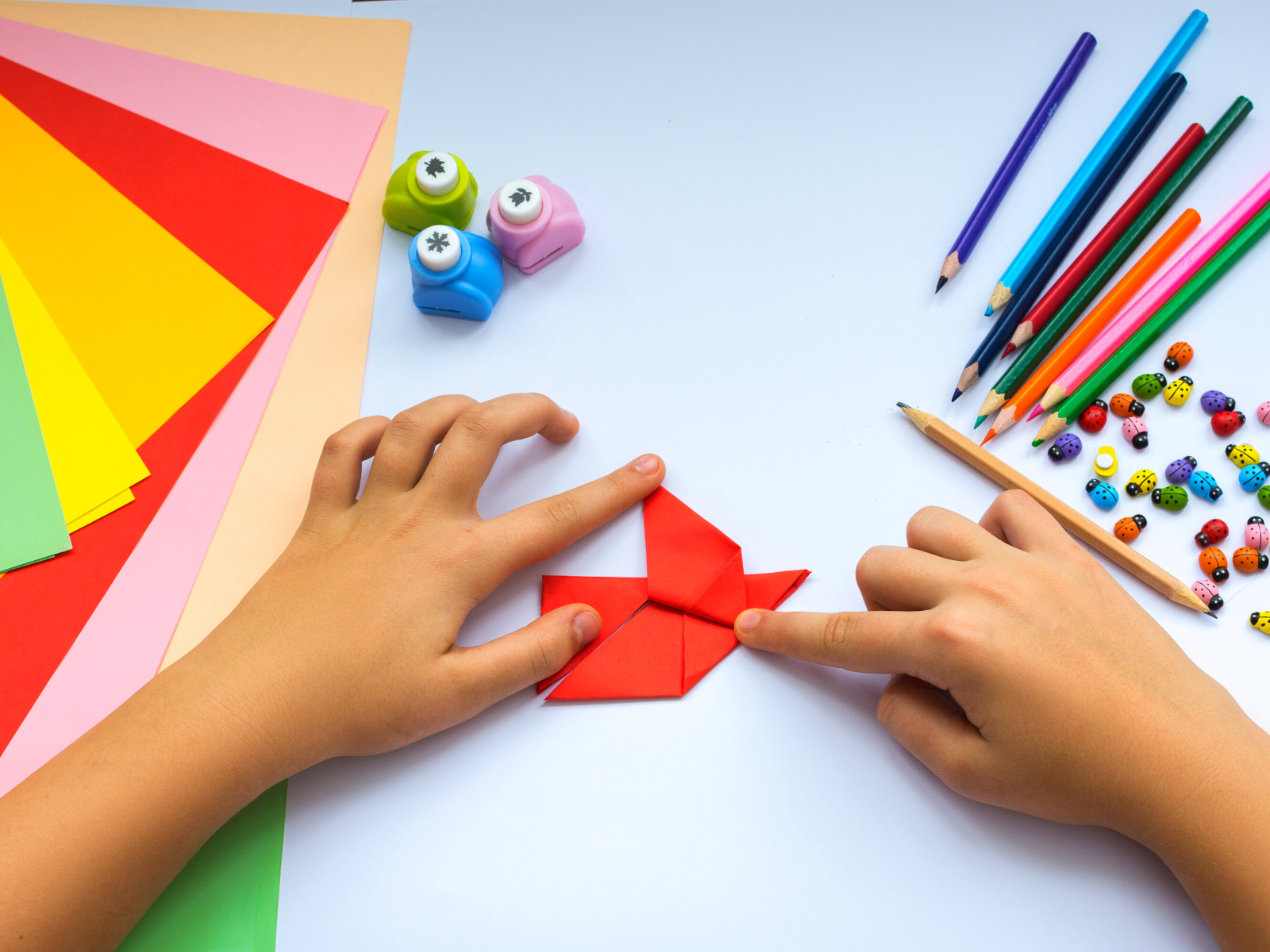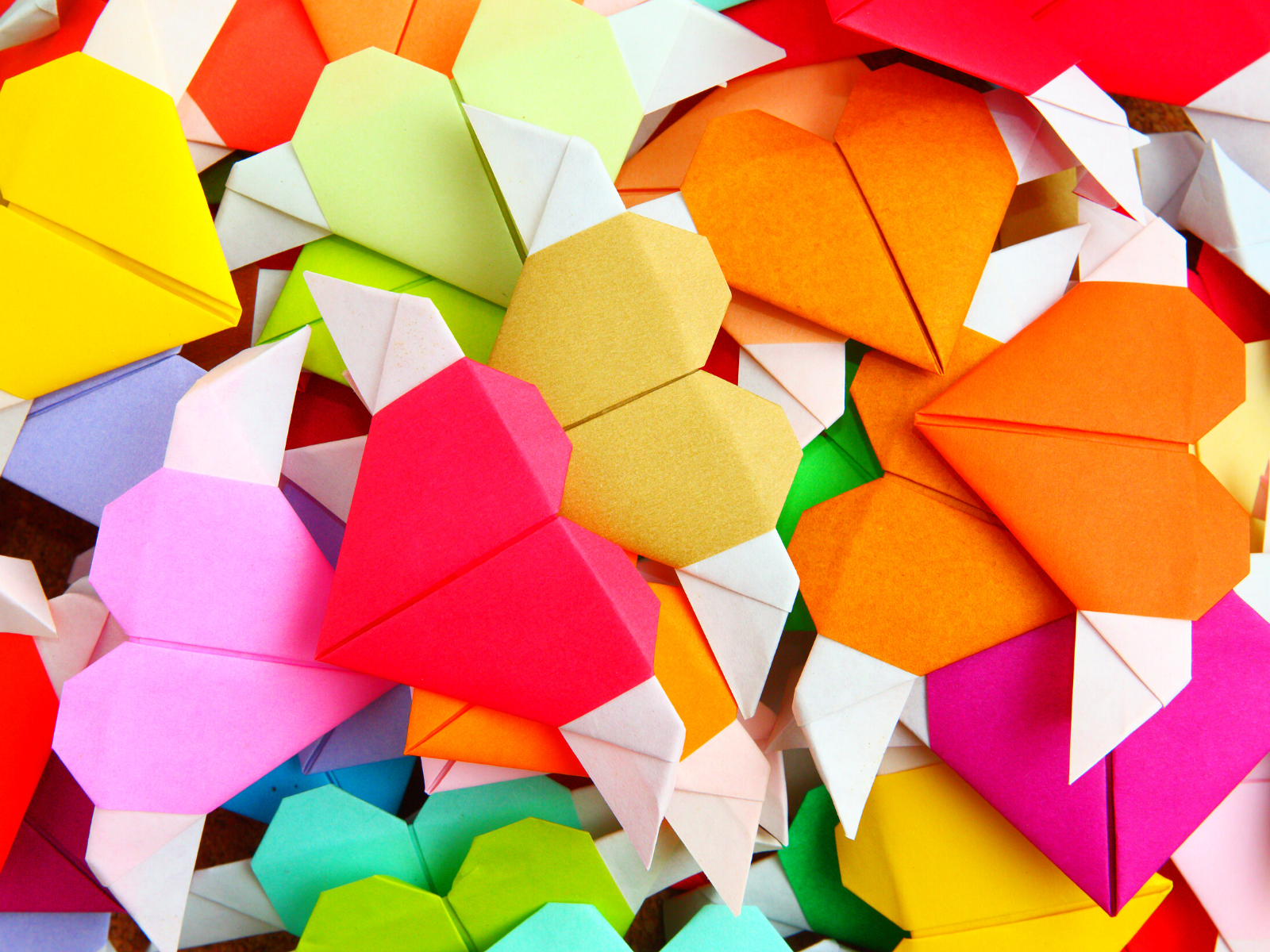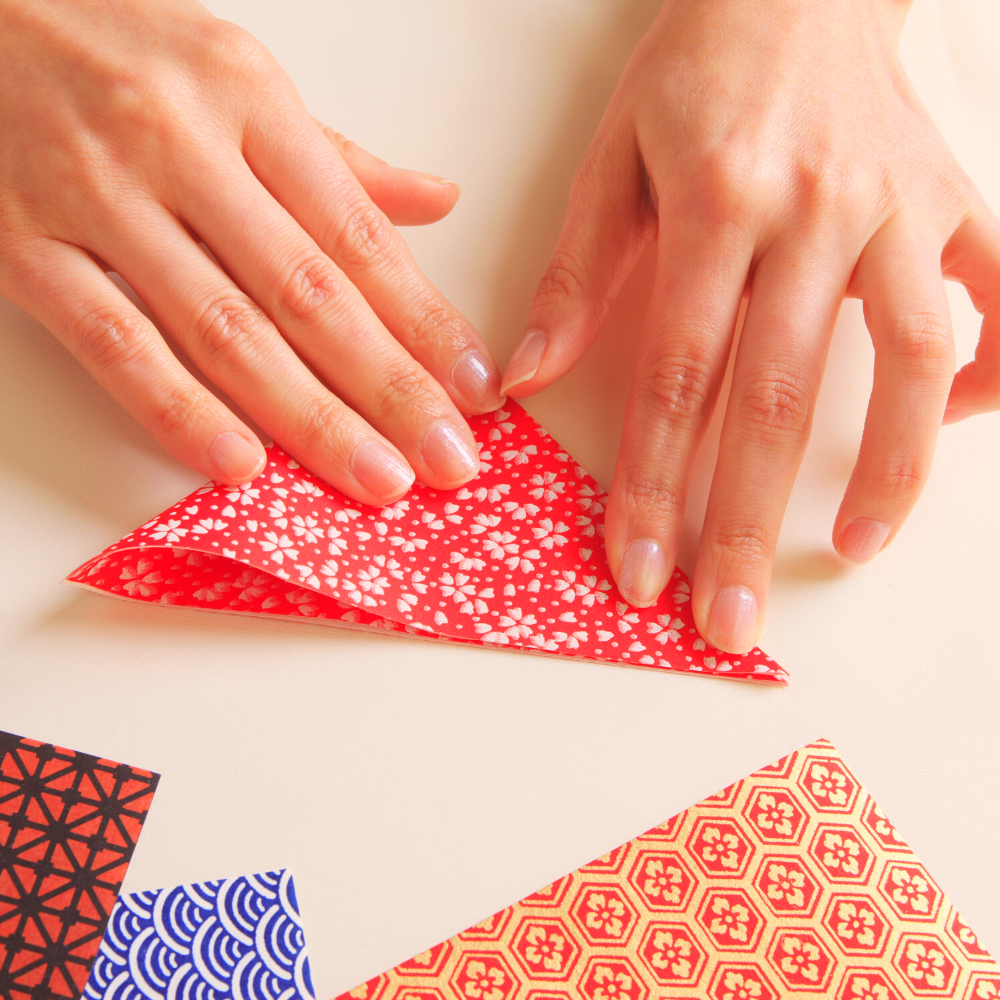Are you an artist looking for something new to explore?
Then look no further than the ancient art of origami!
For centuries, people all over the world have been folding paper with this Japanese art form, and it's never been easier to learn than now.
It involves folding paper into different shapes and designs, transforming a plain sheet of paper into a work of art.
Origami has the power to be a calming and stimulating activity for both novices and experts.
With some essential advice, you can unlock your origami potential and let your masterpieces soar!
Even if you're just starting out in this art form or have been crafting with it for years, you can propel your origami skills to new heights.
With practice, origami can help unlock your creative potential, and now’s your chance to give it a try.
Here are some expert tips that will show you how to master the fold and open up a whole world of endless possibilities.
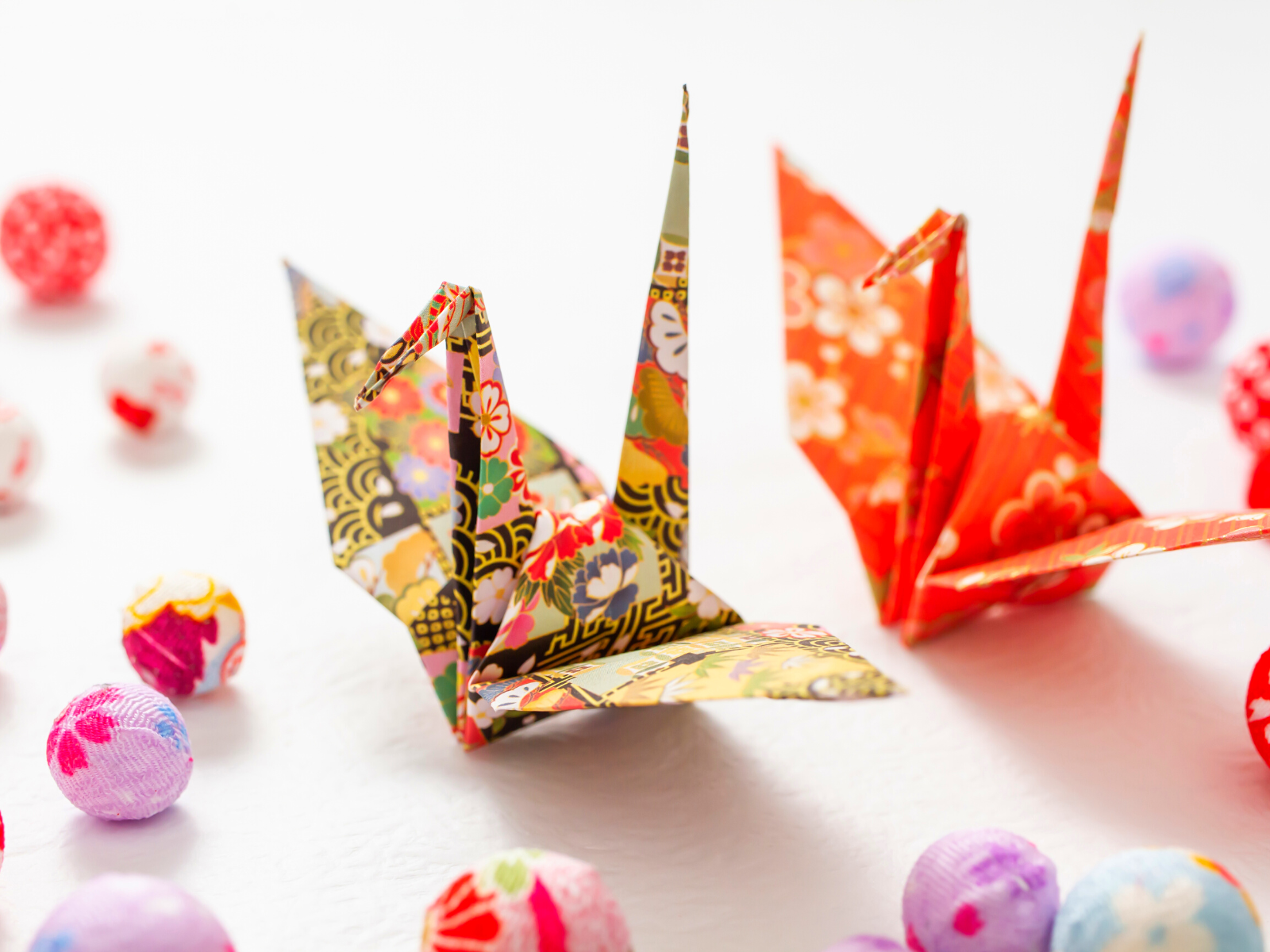

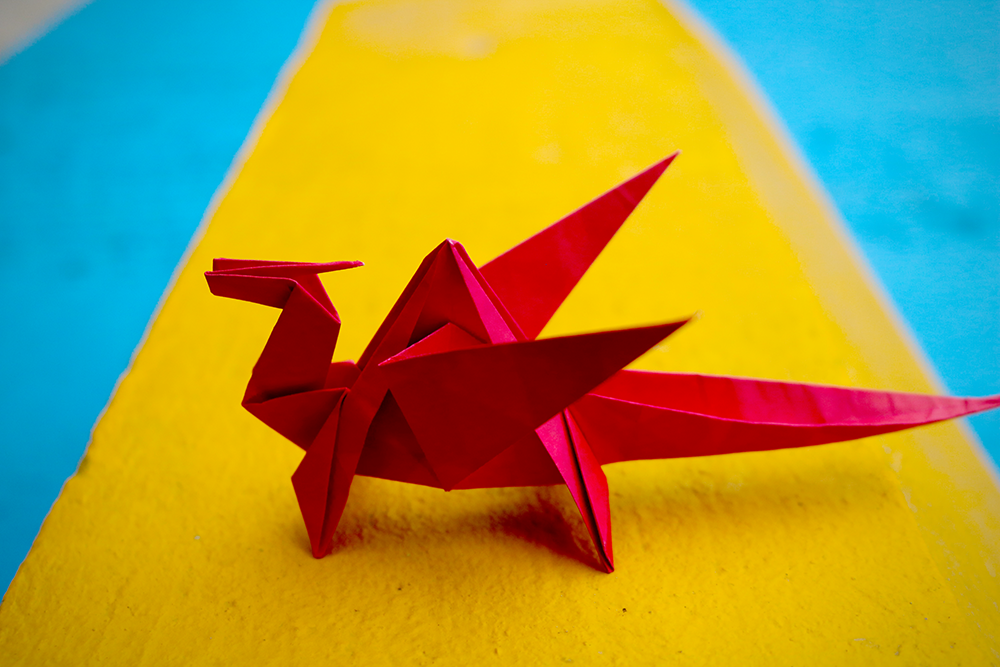
Choose the Right Paper
The type of paper you use will have a huge impact on the final result of your origami.
Different types of paper have different textures, thicknesses, and qualities that can affect how they fold and how they look.
While origami can be done with any paper, using paper specifically designed for the craft can make a huge difference.
Origami paper is thinner than regular paper, allowing for more intricate folds and sharper creases.
You can find origami paper in a variety of colors and patterns, enabling you to create truly unique origami designs.
For beginners, it’s best to start with standard origami paper, which is lightweight and easy to work with.
As you progress, you can experiment with different types of paper, such as tissue paper, foil paper, or even recycled paper bags, newspapers, or magazines.
Just be sure to choose a paper that’s appropriate for the design you’re attempting.

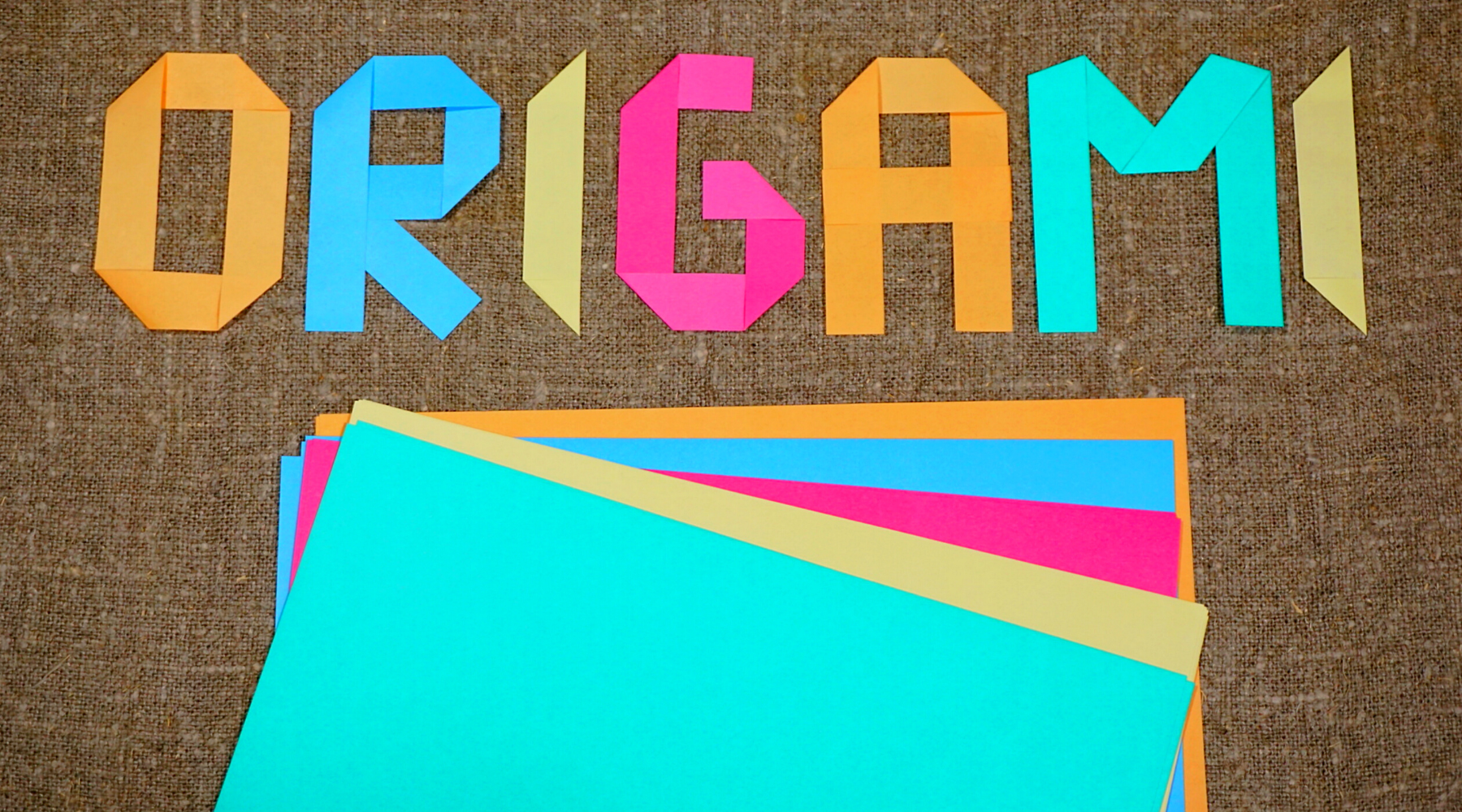
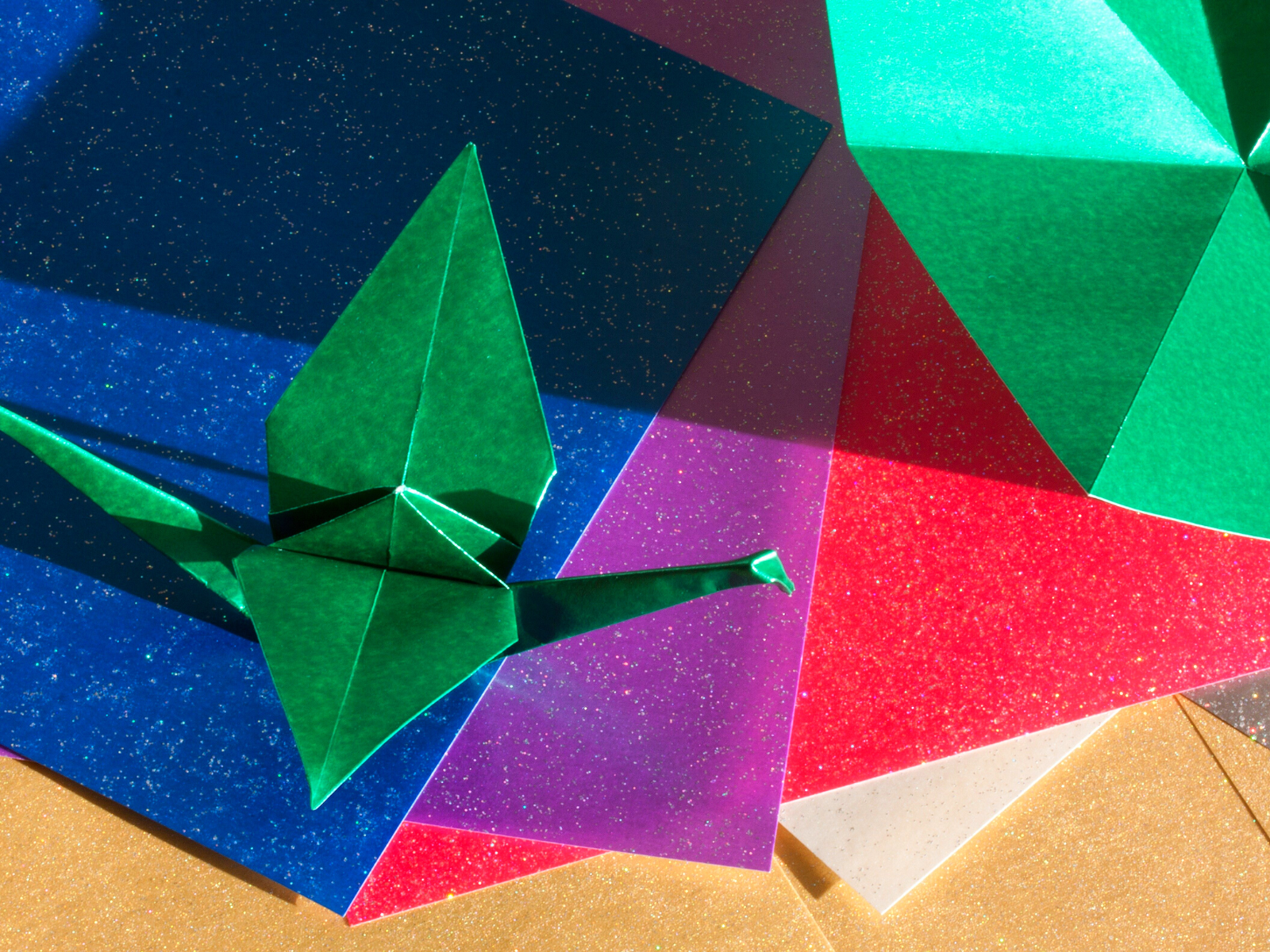
Start with Basic Folds & Pay Attention to Paper Size
Before diving into a complicated design, it's important to understand the basic folds of origami.
A few essential folds to master include the mountain fold, valley fold, and reverse fold.
These basic techniques can form the foundation for more complex designs.
Japanese culture has a long tradition of origami, and mastering origami folding will help you understand the culture behind this unique art form.
Precision is also key when making origami designs; pay close attention when lining up the top edge, bottom edge, sides, and angles.
There are a variety of important fold types, such as reverse folds, valley folds, and mountain folds.
The valley fold involves raising the paper into a V-shape, while the mountain fold is accomplished by simply pressing the center of a rectangle of.
The reverse fold is the opposite of a mountain fold, where both ends are folded upwards to form peaks, while mountain folds are folded downwards.
An inside reverse fold is also important to learn when creating origami.
This type of fold involves folding the paper inwards, resulting in a sharper crease and more precise edges.
Some designs require base shapes, like a bird base or mountain shape, so it's important to pay attention to the size of your paper.
Once you’ve mastered the basics, be sure to pay close attention to the size of your paper.
Origami paper comes in different sizes, and the chosen paper can impact the difficulty and final product of an origami design.
The size and shape of the paper can also determine which origami designs you can attempt.
For instance, if you're using a square piece of paper, you can create a variety of shapes and figures.
For beginners, it's best to start with larger paper, as it's easier to fold, maneuver, and see the creases.
As you gain experience, you can try using smaller paper for more intricate designs.
By choosing the right paper size and shape, you can ensure that your origami project will have a more polished finish.

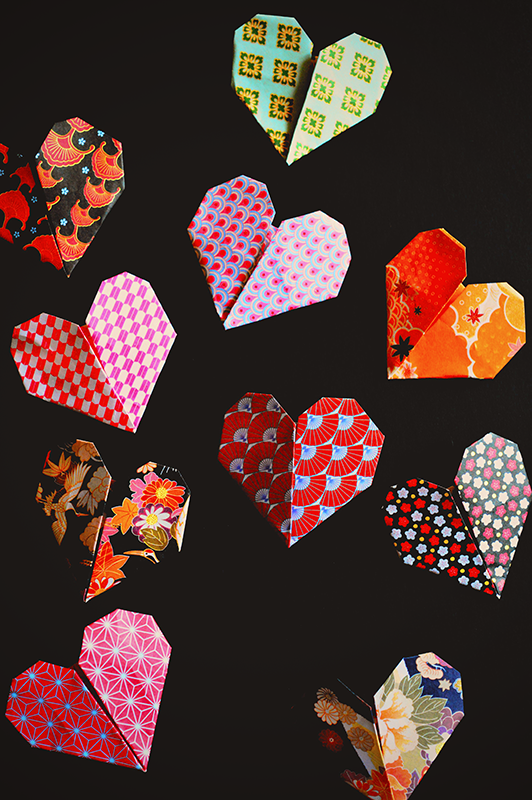
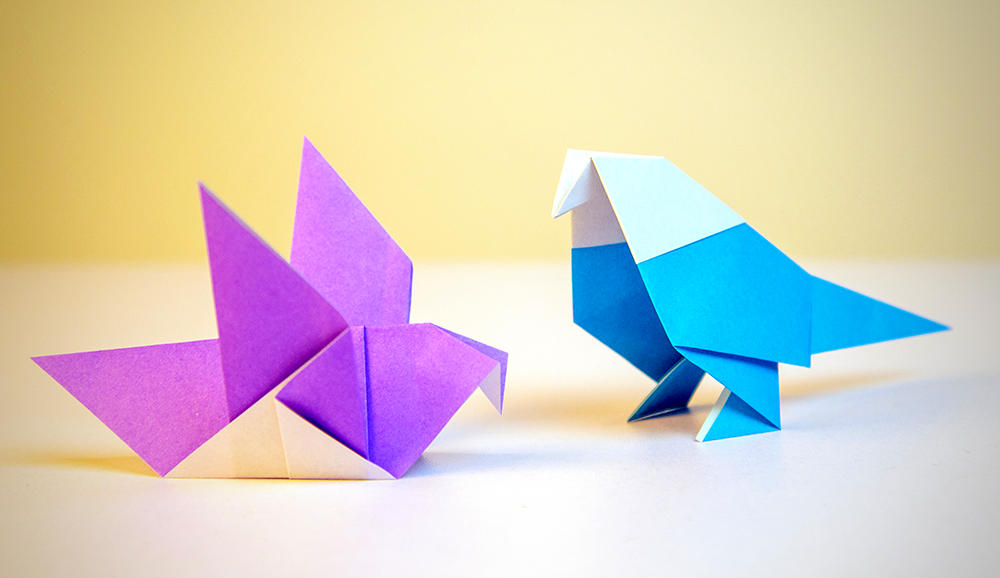
Practice Good Folding Techniques
Like any art form, practice is essential when it comes to origami.
Start by trying out basic designs and gradually work your way up to more complex ones.
Make sure you use a flat surface and take your time with each fold.
Using controlled movements helps to create a precise edge and will give you better results in the end.
Don't get discouraged if your first few attempts don't turn out right – origami takes patience and persistence.
One of the keys to good origami is precision folding.
Make sure you take your time and pay close attention to the instructions.
Use a bone folder to make sharp creases, and keep everything as straight as possible.
A bone folder or scorer is a tool that can help make the creases in your origami more defined and sharp.
You can use a bone folder or scorer to make your folds crisper, which can make your finished design look more polished and professional.
Also, when working on more intricate designs, using a ruler can help you make precise measurements and ensure your folds are accurate.
A ruler can also help you create more uniform designs, making your finished product look more cohesive.
Avoid using scissors or glue unless the design specifically calls for it.
The more precise your folds, the better your finished product will look.

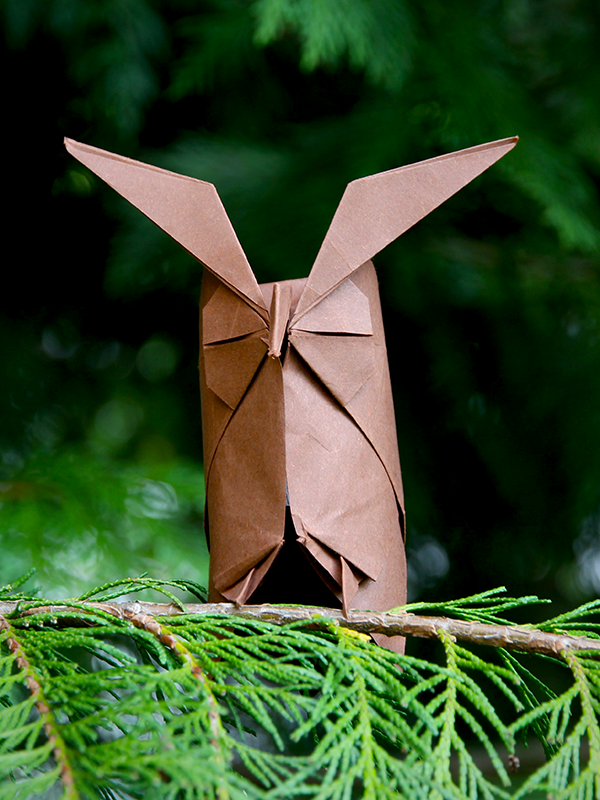
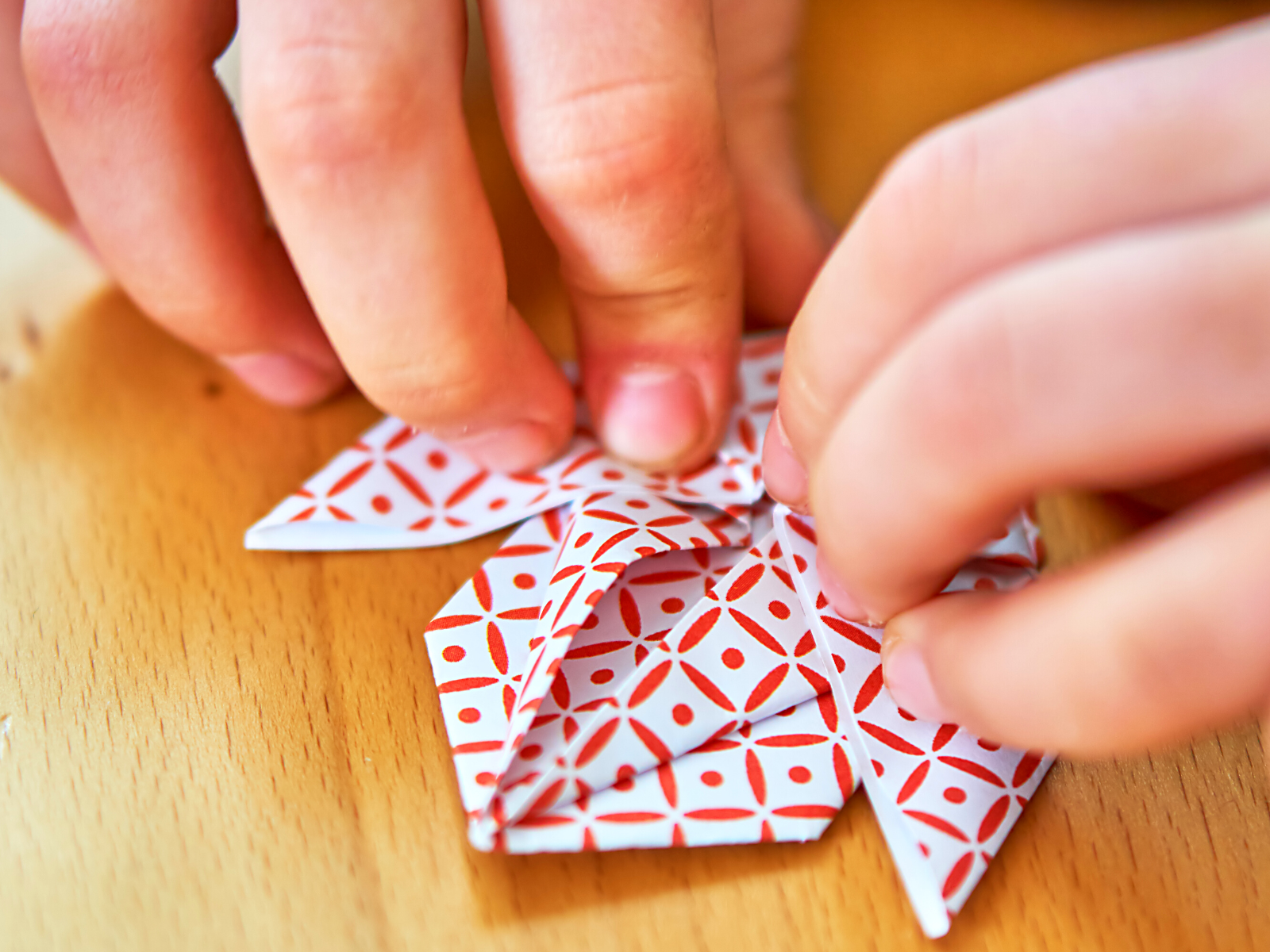
Take Beaks and Don’t Give Up
Origami can be a challenging craft, so it's important to take breaks and give your hands a rest.
Don't forget to take some deep breaths and stretch your hands and wrists periodically to avoid fatigue and cramping.
Also, don't be afraid to take a break if a design is too challenging.
If you feel frustrated or overwhelmed, it's okay to walk away and come back to it later.
Since origami can be frustrating at times, especially when you’re first starting out, don’t be discouraged if your first few attempts don’t turn out perfectly.
Keep practicing and experimenting, and you’ll soon see improvement.
Remember, art and origami are a journey, not a destination, so enjoy the process and have fun along the way.
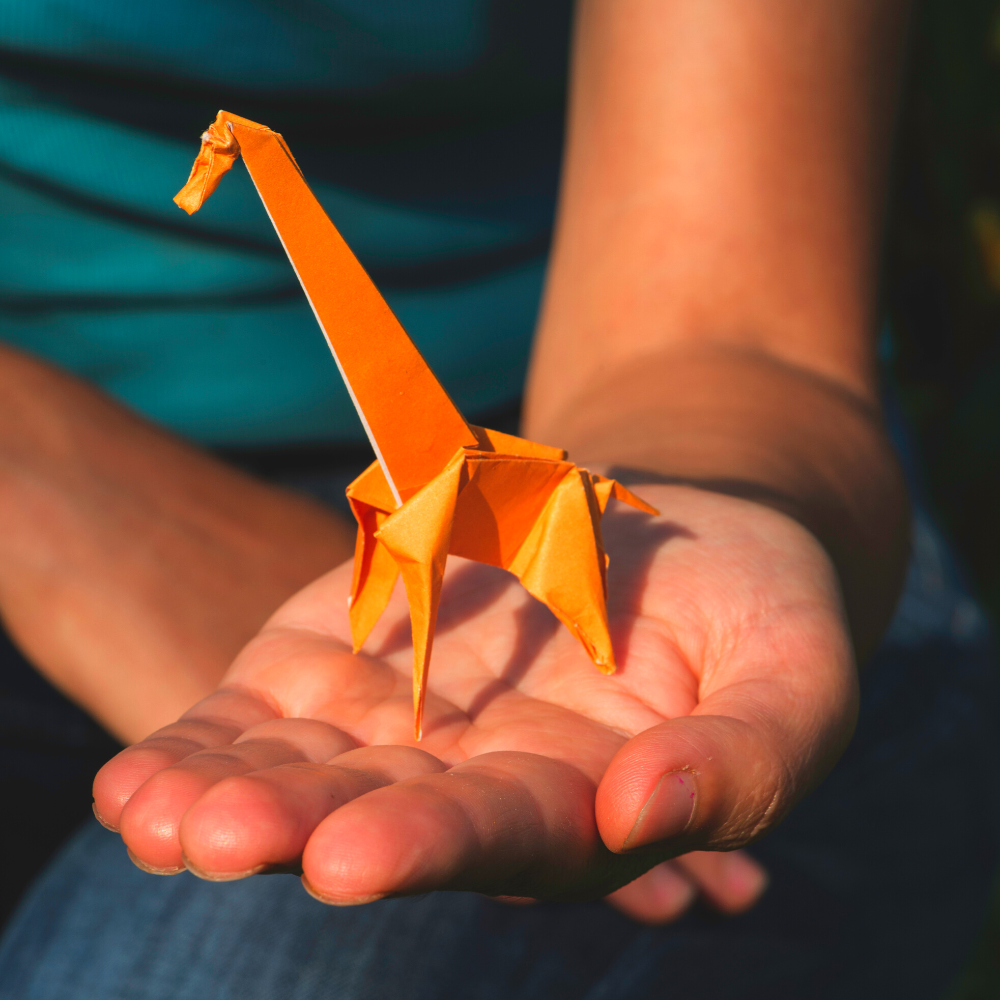
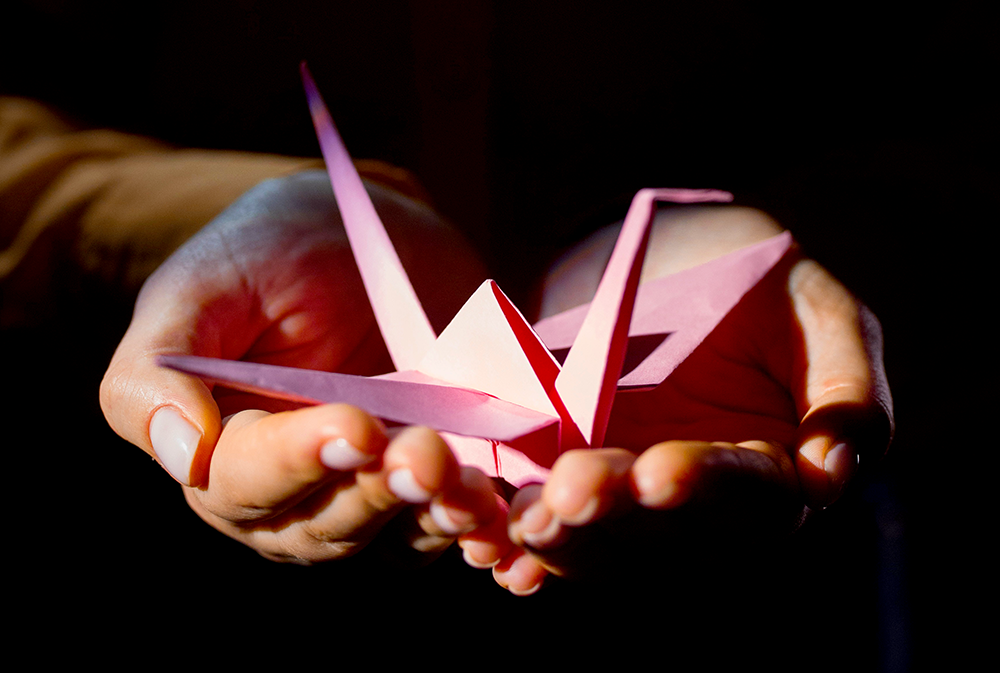

Watch Tutorials and Get Inspired
While written instructions can be helpful, sometimes it’s easier to learn from video tutorials.
There are many origami tutorial videos available online, such as on YouTube, providing origami instructions step-by-step.
These tutorials can be a great resource for beginners who are just starting out, as they offer visual demonstrations of each step.
You can watch the steps being demonstrated and pause or rewind as needed.
You can also see the finished product up close, which can be helpful in understanding how everything fits together.
You can also find inspiration by looking at other origami designers and their work to get ideas for your own creations.
Look through craft blogs and Instagram accounts to find unique origami designs that you can use as a jumping-off point.
Following and interacting with origami experts can also help you learn more about the craft and stay up to date with origami trends.
Don’t be afraid to get creative and experiment with new ideas.
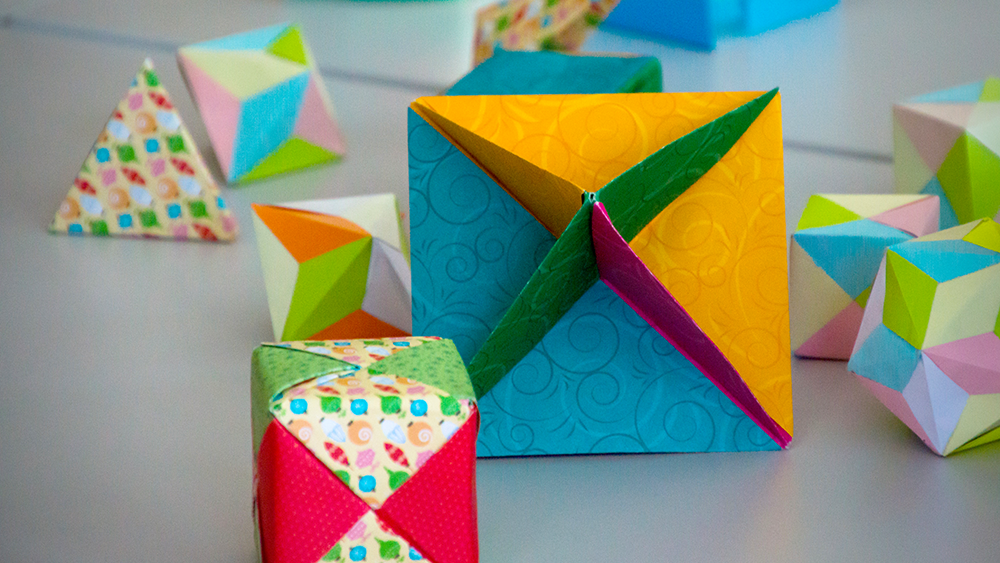
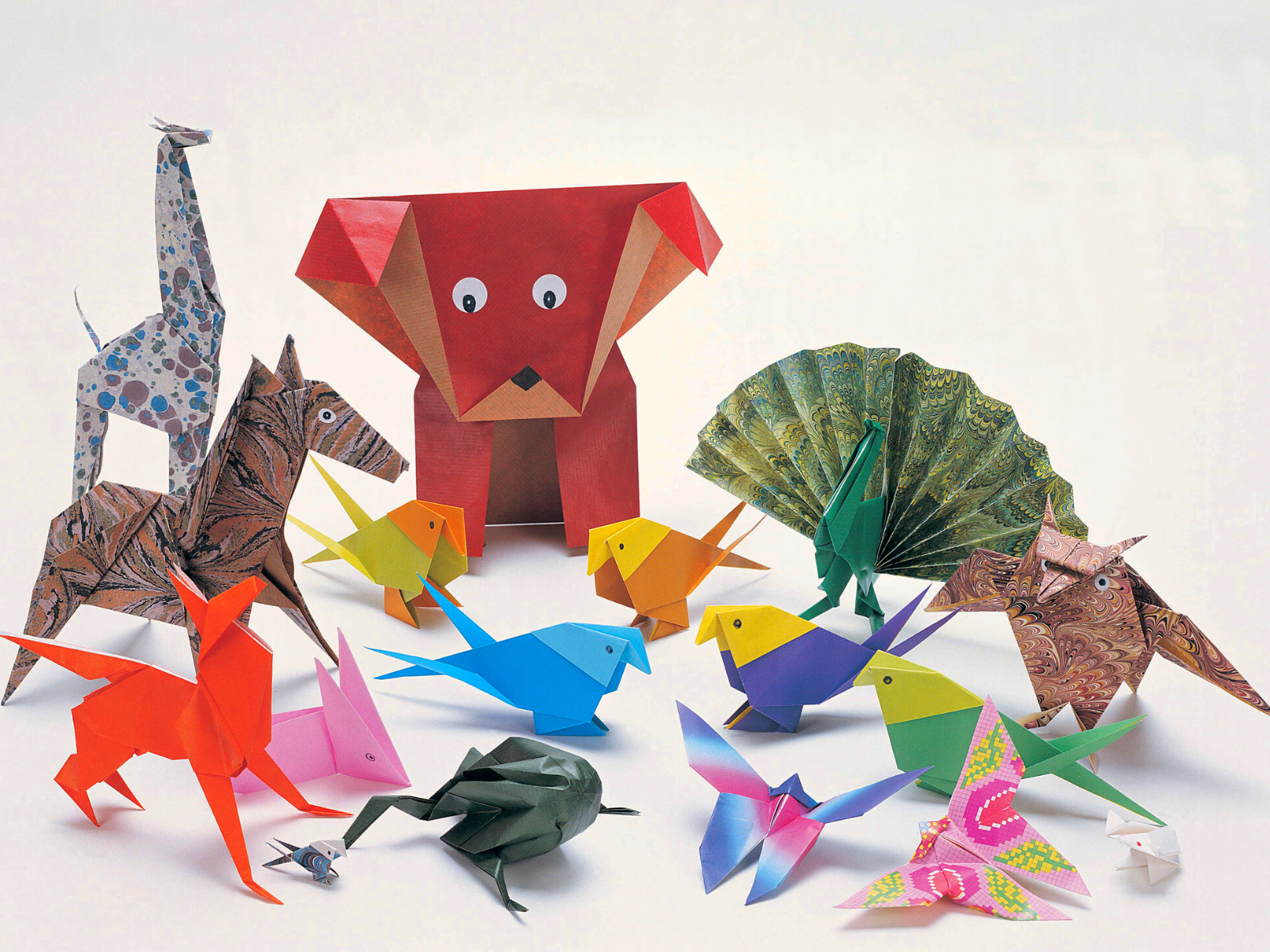

Get Creative and Try New Things
Origami can be a great way to express your creativity.
Once you’ve mastered the basics, feel free to experiment and come up with your own designs.
You can also add embellishments to existing designs, such as drawing on the paper or adding textures.
Origami paper comes in a variety of colors and patterns, so don't be afraid to get creative with your choices.
Try using patterned paper for a more unique final product, or use complementary colors for a more cohesive design.
You can even mix and match different papers to create a one-of-a-kind origami masterpiece.
Plus, layering paper can add texture and depth to your origami designs.
You can use multiple sheets of paper of different colors, or layer papers of different textures like glossy and matte.
Experiment with different combinations to see what works best for your design.
By experimenting, you can find new techniques that will help take your origami skills to the next level.
Origami can be a fun and rewarding way to unleash your imagination, so don't be afraid to try out new designs, techniques, and styles.
Origami is a diverse and ever-evolving craft, and there's always something new to learn and try.
So, go ahead, get creative, start folding, and see where your origami journey takes you!

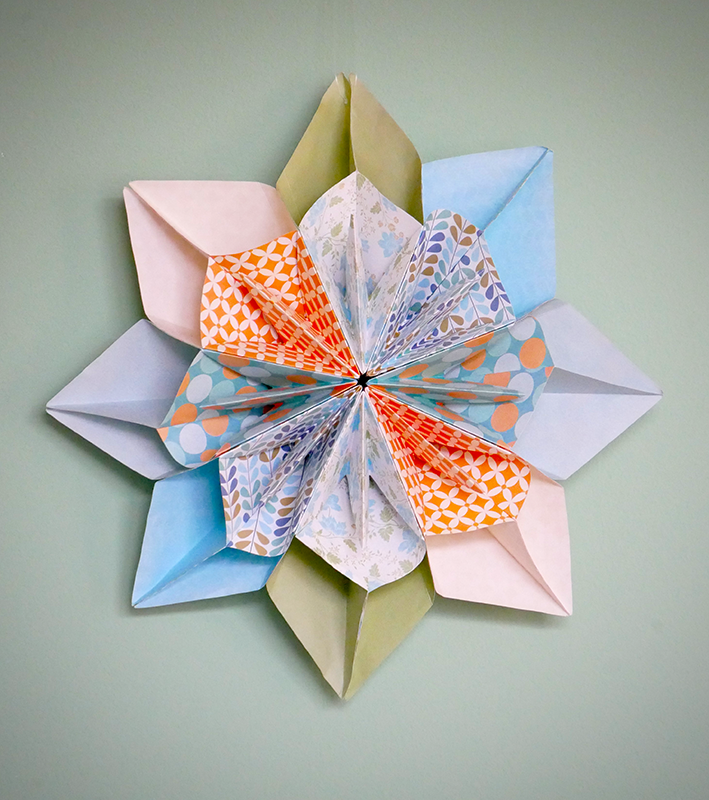
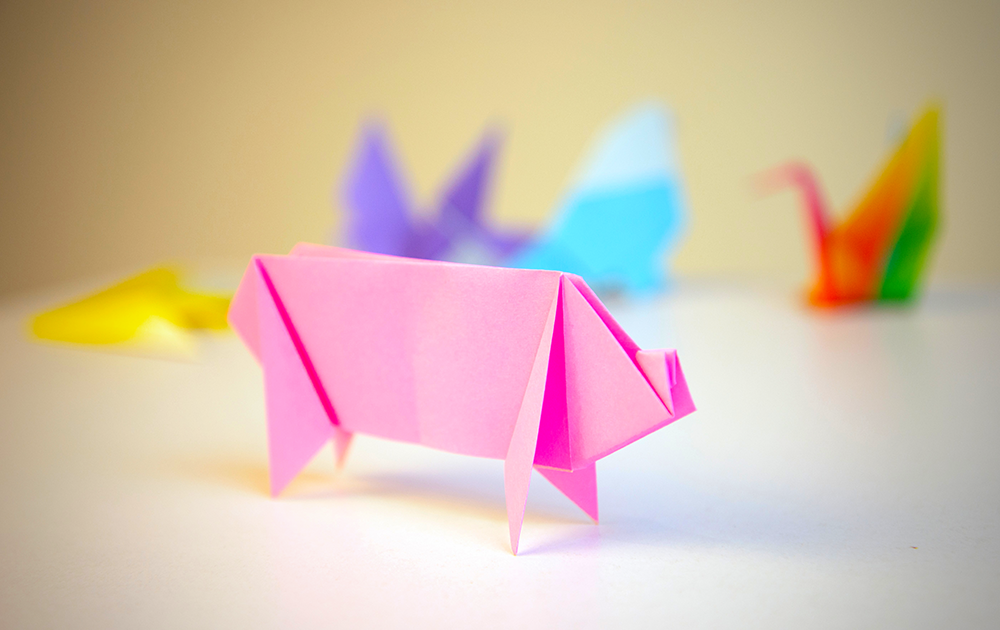
Mastering the Fold with Origami Tips
Origami is a beautiful and challenging art form that can bring hours of enjoyment.
We hope these tips have inspired you to explore the world of origami and create some amazing folded designs!
Remember, origami takes practice and patience, but with the right tools and techniques, you can create truly stunning works of art.
By following these tips, you can master the fold and create stunning origami designs.
Remember to choose the right paper, practice folding techniques, and take breaks when necessary.
By embracing your creativity and experimenting, you’re sure to unlock your origami potential and take your paper craft to the next level!
So, take some time to explore this wonderful art form, give origami a try, and see what amazing creations you can come up with--you won't regret it!


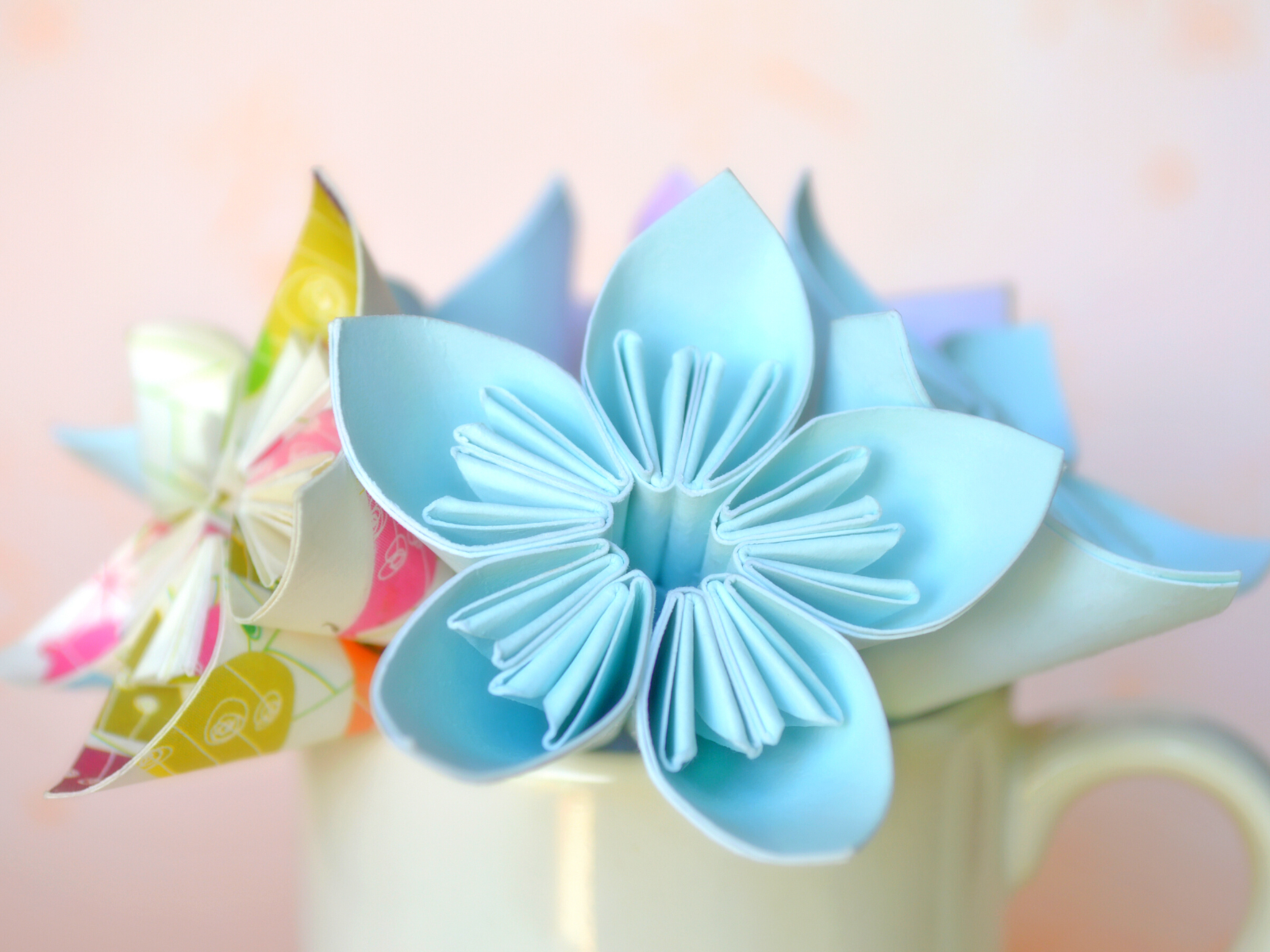
Eager to learn more about paper folding and origami? Check out Deepali Karanjavkar Paper Art's video!
Want even more content about creativity and art?
Be sure to check out all of our creative chronicles!
Interested in creating awesome paper art?
Check out our other art paper articles:
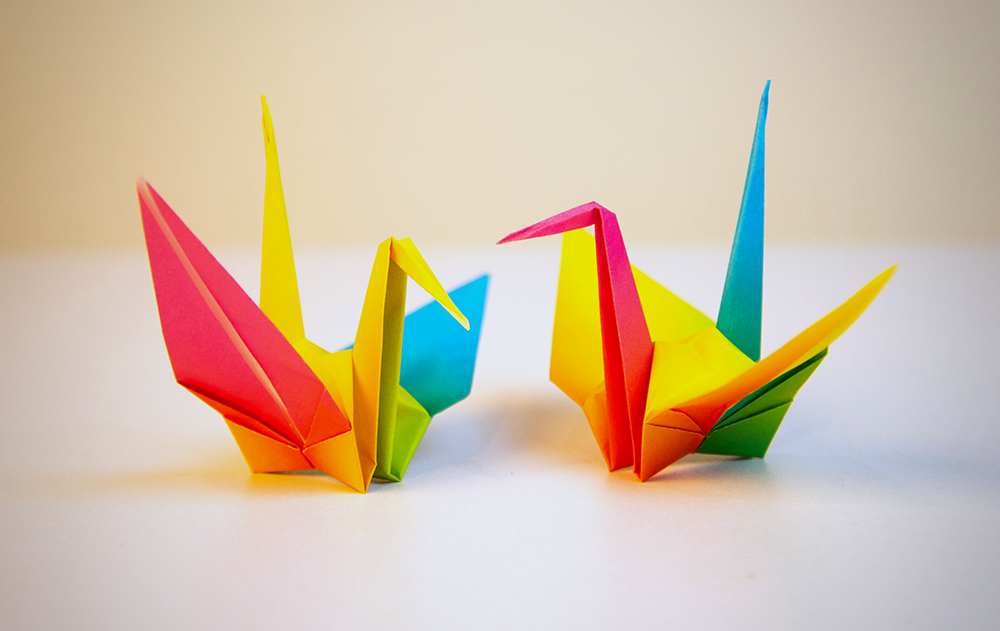

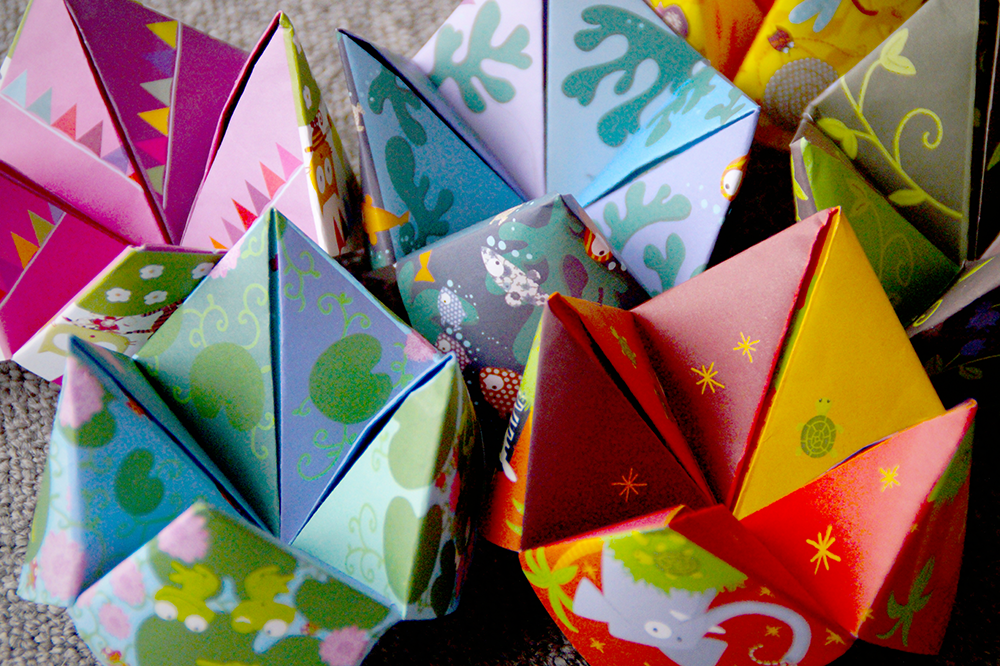
Want to add some awesome paper to your art supplies?
Check out these articles:

